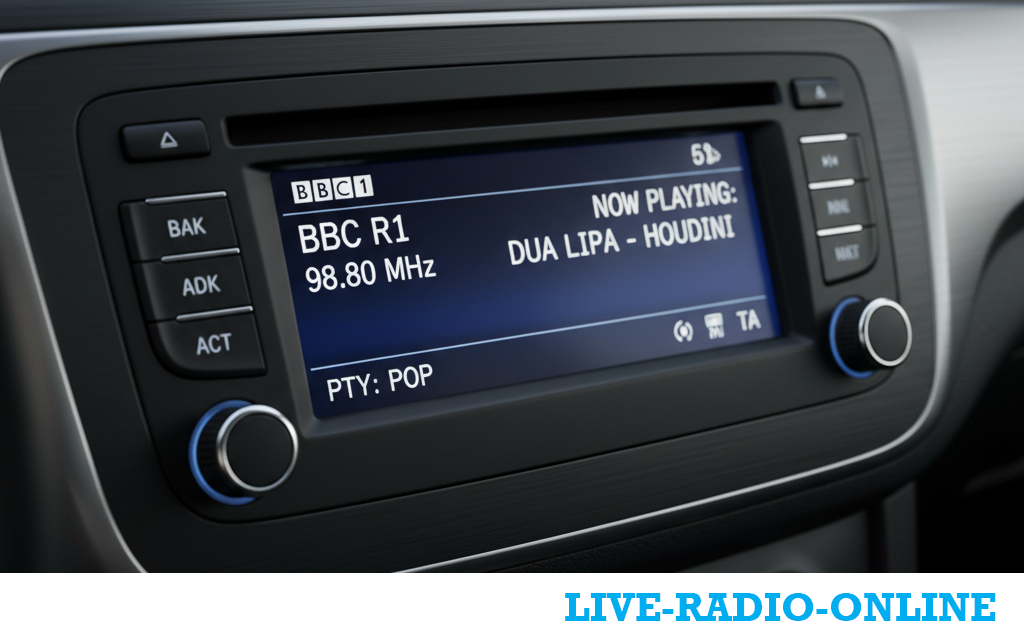
Developed in Europe in the 1980s, RDS allows FM radio stations to send out data alongside their main audio signal. This data is received and decoded by RDS-enabled radios (which are now standard in most car stereos and many home radios) to provide useful features.
Key Features of Radio RDS
Here are the most common and useful functions RDS provides:
-
Programme Service (PS): This is the most visible feature. It's the scrolling text that shows the radio station's name (e.g., "BBC RADIO 1") instead of just the frequency (e.g., "98.8 MHz").
-
RadioText (RT): This allows stations to broadcast a short line of text, such as the song title and artist name (e.g., "Bohemian Rhapsody - Queen") or a news headline.
-
Alternative Frequencies (AF): This is a hugely helpful feature for drivers. The radio can automatically re-tune to a stronger frequency of the same station as you travel, ensuring you don't lose the broadcast.
-
Traffic Announcement (TA) and Traffic Programme (TP): Radios can detect and prioritize traffic announcements, even if you are listening to a CD or another source. It can temporarily switch to the radio broadcast to play a traffic update and then switch back.
-
Clock Time (CT): The radio can automatically synchronize its clock to the precise time provided by the radio station.
-
Programme Type (PTY): This classifies the station's format (e.g., Rock, Classical, News, Talk). You can use this to scan for all stations of a particular type.
How to Recognize it?
If your car radio display shows the station name and the current song instead of just the frequency, you are using RDS.
Radio RDS is a technology standard that requires a combination of dedicated hardware and software on both the broadcaster's and the listener's end to function. You cannot install "RDS software" on a radio that lacks the RDS decoder hardware, and the hardware is useless without the software to control it.


